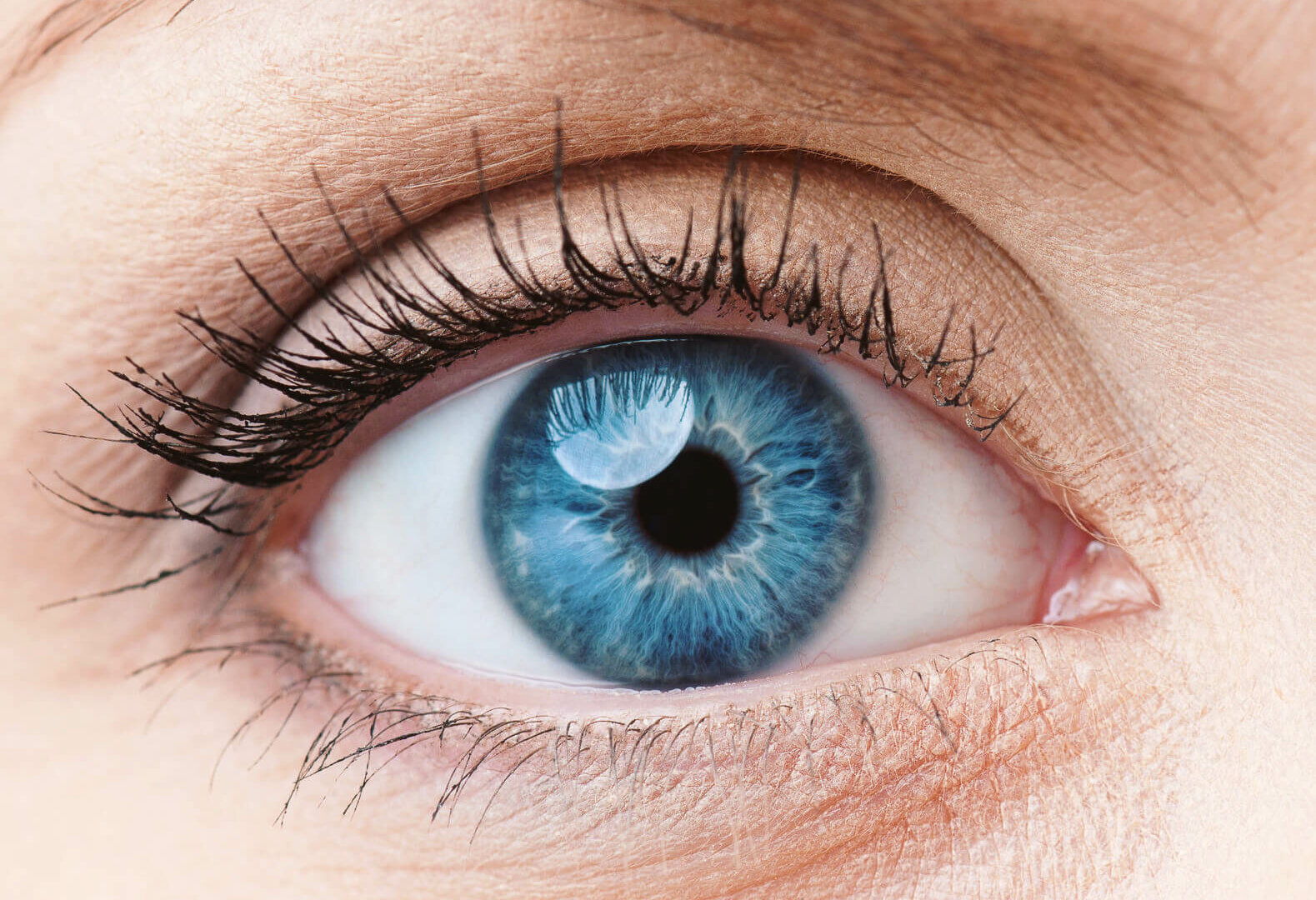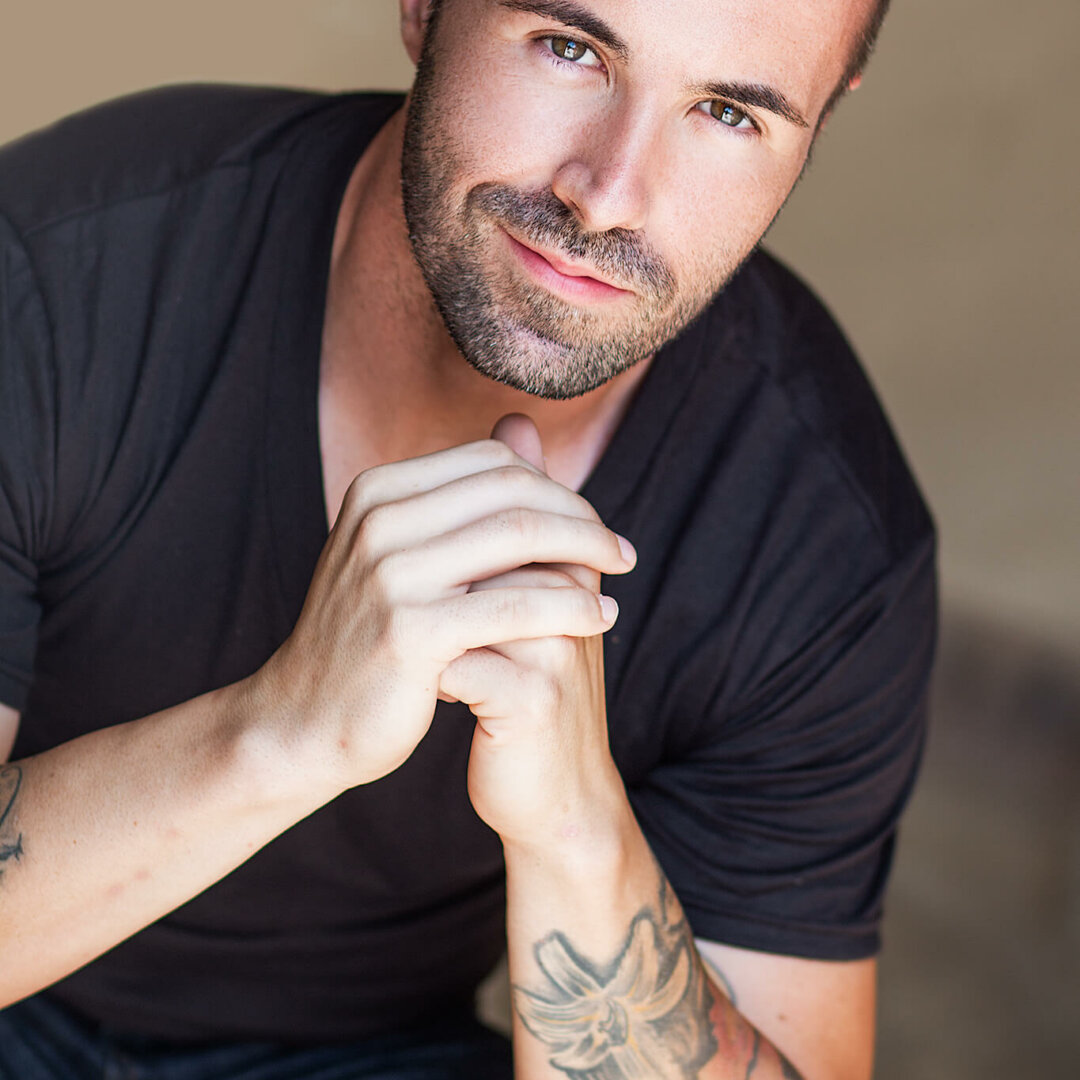Your normal, run of the mill, polo shirt wearing, bosu ball squatting, commercial gym trainer probably won’t ever tell you this, but you can actually train a different set of muscles to improve your balance so that you can train your primary balancing muscles to improve your balance.
Now, that seems like a lot. Having strong glutes is vital for having better balance. But there’s another key to having better balance. And that key is your vestibular system, which controls your balance. The short story is that your vestibular system sends signals to the parts of your brain that control your eye movements. Not only that, but it aids in your movement by orienting you to your surroundings so that you can move among them.
With that in mind, there are some things you can do to aid in your training that will help your balance, which will allow you to train your glutes in a smarter way, and yield a more positive outcome. In short, you’ll develop a positive feedback loop of better balance, and better training as a result.
The Eyes Have It
Your eyes have six muscles that control your eyes along three different lines of movement. You have the vertical, horizontal, and the diagonal lines of movement.
The two muscles responsible for horizontal movements are the medial rectus and lateral rectus muscles. If you’re looking straight ahead, and you move one of your eyes further away from your nose, that’s called abduction, and your lateral rectus is responsible for it.
Move that same eye close to the nose, it’s called adduction and your medial rectus muscle is responsible for it.
Next, you have the oblique eye muscles. These are on the inside of the eyes closer to the nose. And because anatomy is weird, the superior oblique muscles are actually lower and the inferior oblique muscles are actually upper, as they relate to the portion of your eye closer to the nose.
So if you’re looking straight ahead, and you look straight up, that’s your inferior oblique, and superior rectus working together to move your eye up. To look down, that’s your superior oblique and inferior rectus working to pull it down.
Finally, the oblique and rectus muscles work differently in conjunction with each other depending on the angle you’re looking down. That’s the short story about your eyes. And your eyes, vestibular system, and your proprioception (your body’s awareness of itself) work in tandem to move you through life. Literally.
Fixations
In terms of vision, to fixate is to focus on a single thing. It could be a point, or in terms of reading, a wall of text. This text, for instance. When you read, your eyes hang out at a certain point, take in the text, move when they need to take in more text, and hang out there while they do. So one of the important components of speed reading is reducing the number of fixations you make on a given page of a book. Reduce those, and you will read a little faster.
As far as your training goes, you can fixate on a given point—during squats and deadlifts, for instance—but, you can also independently move your head, or vice versa. So, if you ever find that you have a tight neck because you’re trying to look up with your head all the time, limit the head movement, and use the eyes.
For our purposes of attaining better balance by training our glutes for better balance, we’re going to apply fixations as well as vestibular stimulation.
If you don’t feel like watching the five minute video above, here’s the brief summary of what we do, and later, there’ll be a sample workout that you can do while you apply these techniques. Side note: be careful doing this. It involves closing your eyes and testing your balance. To start:
- Stand with your feet together, arms at your sides.
- Close your eyes.
- You will, unless your balance is stellar already, feel yourself sway toward a given direction.
- It could be to the right, left, front, or back, or a combination of any of them.
- After you test your sway, open your eyes. For our purposes, let’s say you swayed to the left.
- Hold your index finger out in front of you, arm fully extended.
- Fixate on that finger.
- Keep your eyes on it, move your head to the left.
- Move your head as far as you can to the left while keeping the finger in the same spot.
- If the finger moves out of focus, move your head back to center.
- Perform for a total of three to five reps.
- After that, feet together, hands at the side, close your eyes, and test your balance again.
Once you test your balance, one of few possibilities will occur. Ideally, you will feel more stable once you close your eyes. Or, you’ll sway in a different direction. In which case, you repeat the steps. If you keep swaying, we take a slightly different approach:
- Start with your finger out, like you did before.
- This time, instead of moving your head in relation to the finger, you are going to move your finger towards you.
- Keep it in focus, and start moving the finger toward your nose.
- If it comes out of focus, reverse direction and refocus and repeat three to five times.
- If it stays in focus, and you touch your nose, reverse direction.
- Re-test your balance.
- Play with all the combinations.
If you happen to be the type of person who takes a bit longer to stabilize, don’t worry. You will get better over time and the process will be quicker. Now you are on your way to better balance and better training. So with that in mind, let’s look at a workout.
Sample Workout
A1: Bulgarian Split Squat — 8/leg
A2: Romanian Deadlift — 10-12
A3: Legged Deadlift — 5/legPerform each exercise in succession for the appropriate number of reps, and rest one to two minutes between rounds and perform for a total of three to four times. After you finish that, move on to this:
B1: One Legged Box Squats — 5/leg
B2: Goblet Squats — 15-20
Perform for the appropriate reps, rest 30-60 seconds between rounds and perform two to three times.
Now, that’s fairly standard glute workout. But, you’re now going to take all the cool stuff I showed you with the eyes, and you’re going to implement them before you start, and during your rest periods.
Once you do, you’ll note the better balance, especially in your unilateral leg movements.
Conclusion
I like to think of the eye muscles like I do the rest of the muscles. Train them to keep them active. In addition to that, these eye patterns aren’t just good for your lower body movements. If you have ever thought of delving into the fun world of handstands, you can apply the same principles while inverted.
And I know it goes without saying, but make sure your overall form mechanics are on point before you start experimenting with this stuff. It’s not a “hack” and it won’t overcompensate for bad form. So form first. These finer points come second.
References
- George, R. J., & Fitzpatrick, R. C. (2011). The sense of self-motion, orientation and balance explored by vestibular stimulation. The Journal of Physiology, 589(4), 807-813. doi:10.1113/jphysiol.2010.197665

